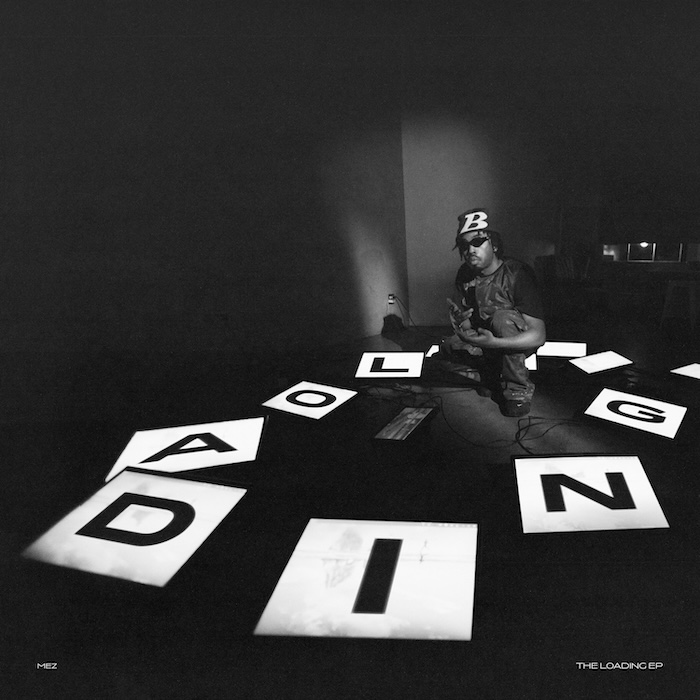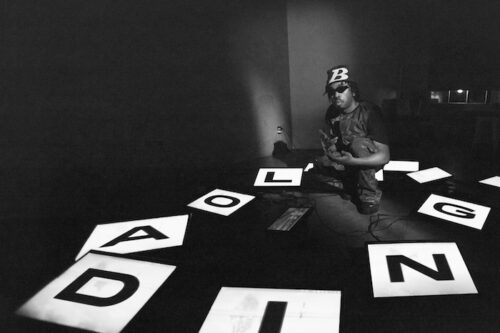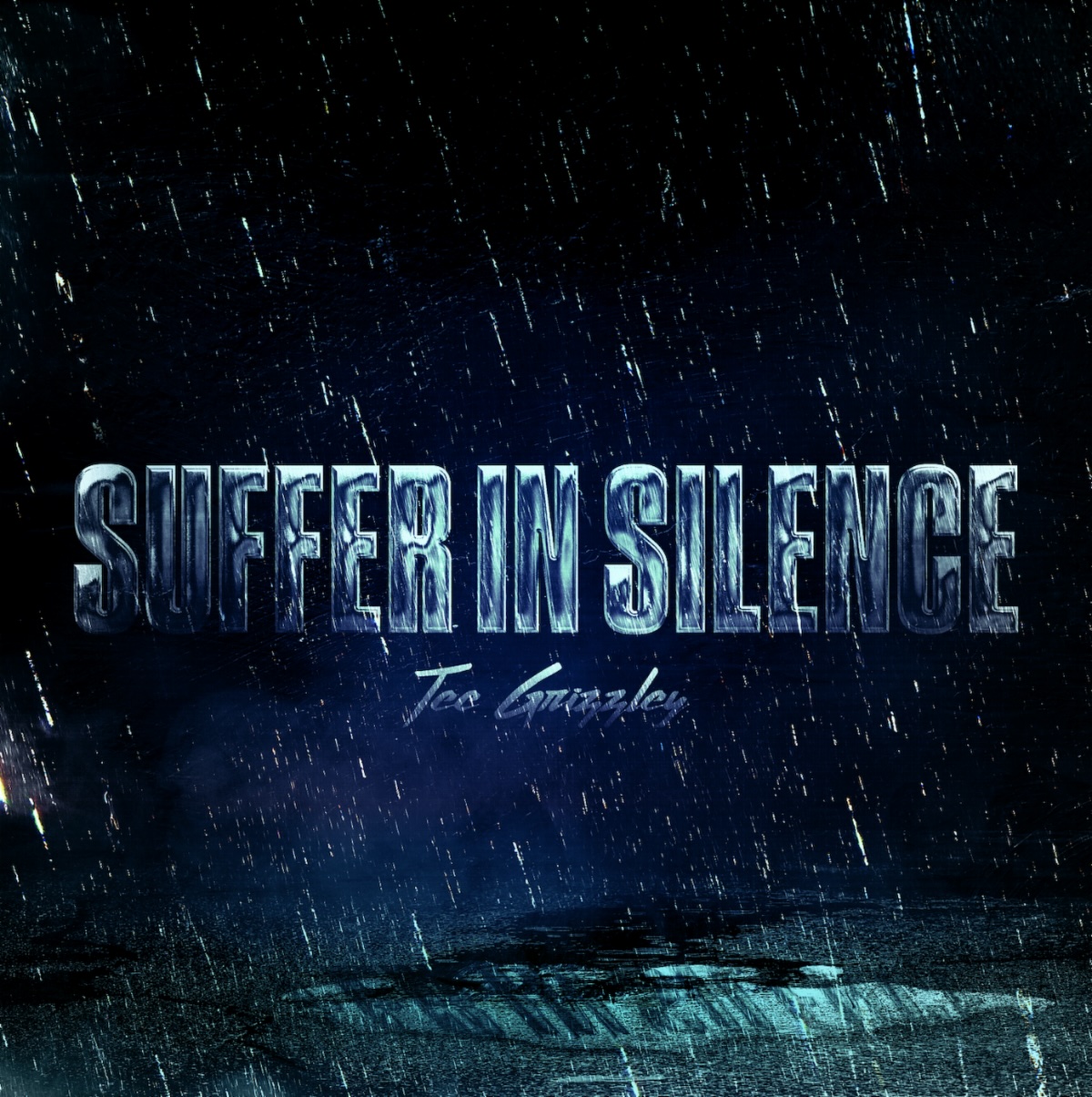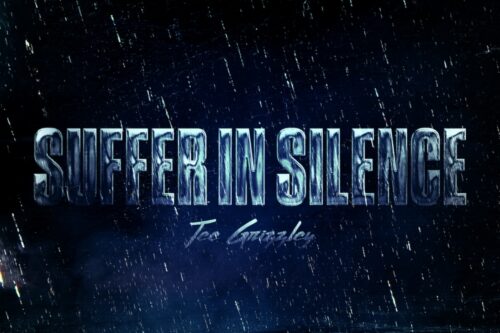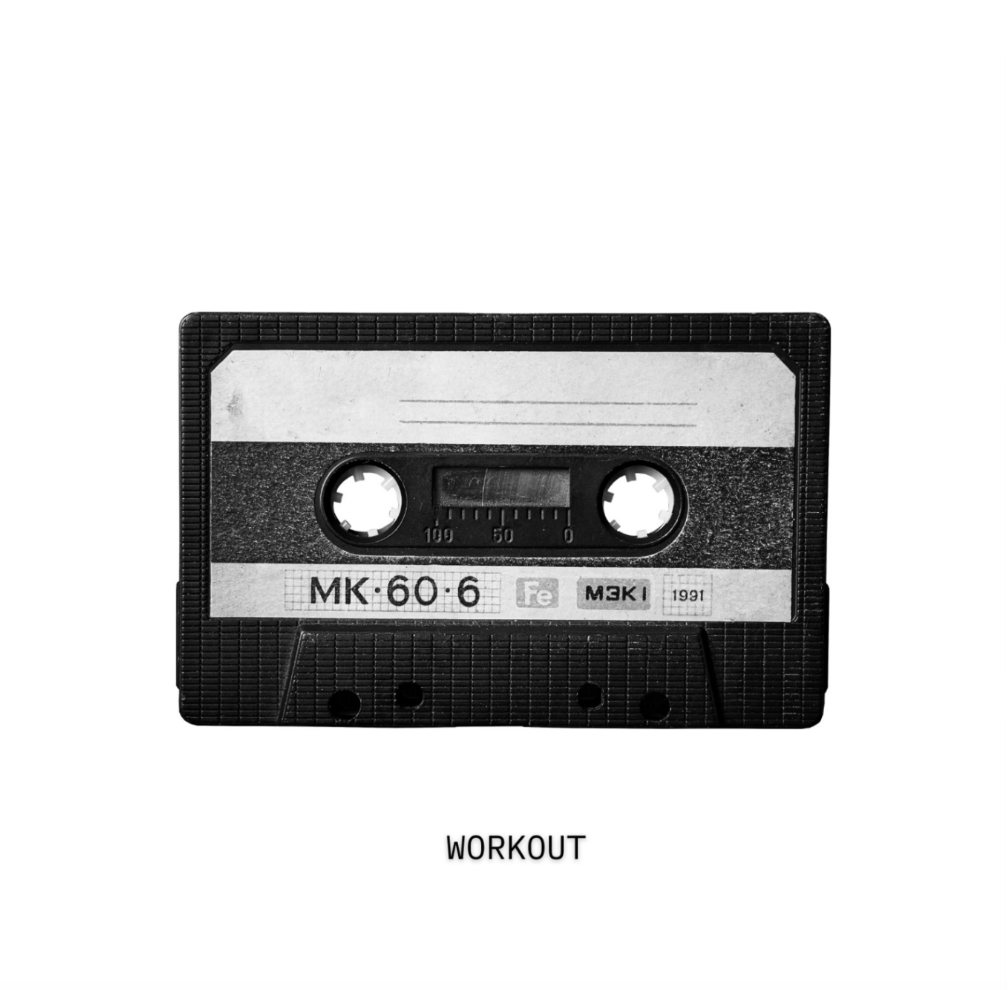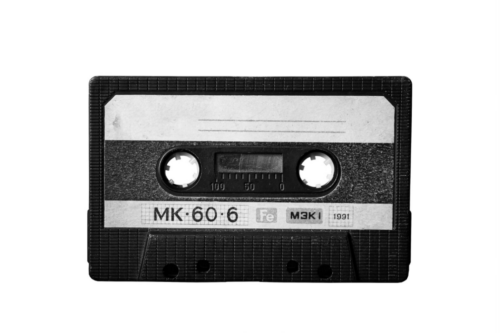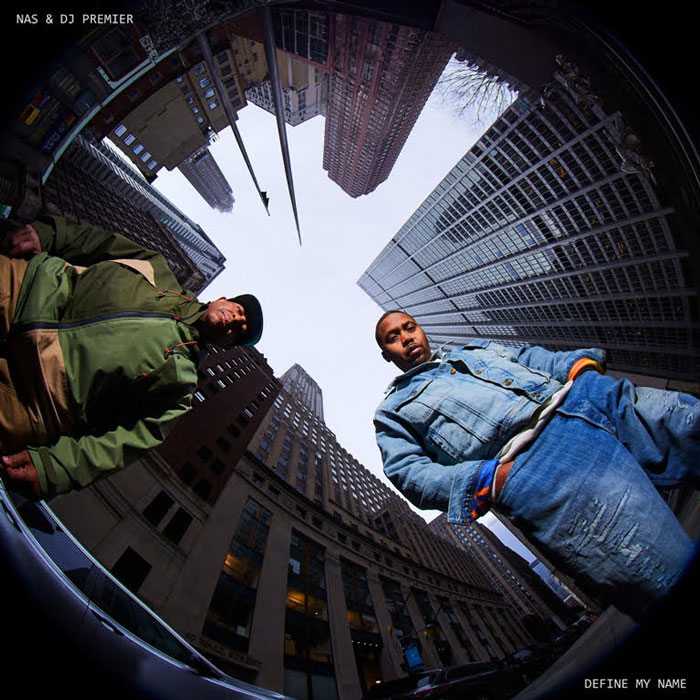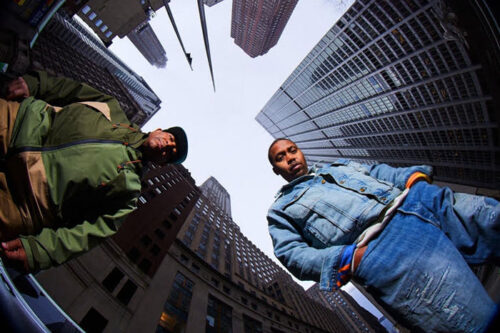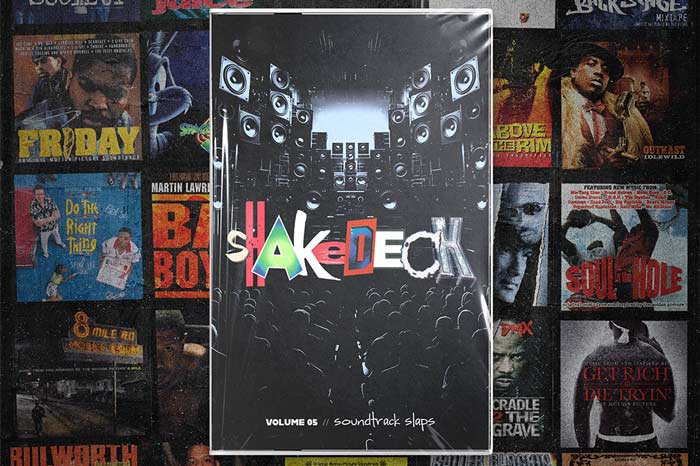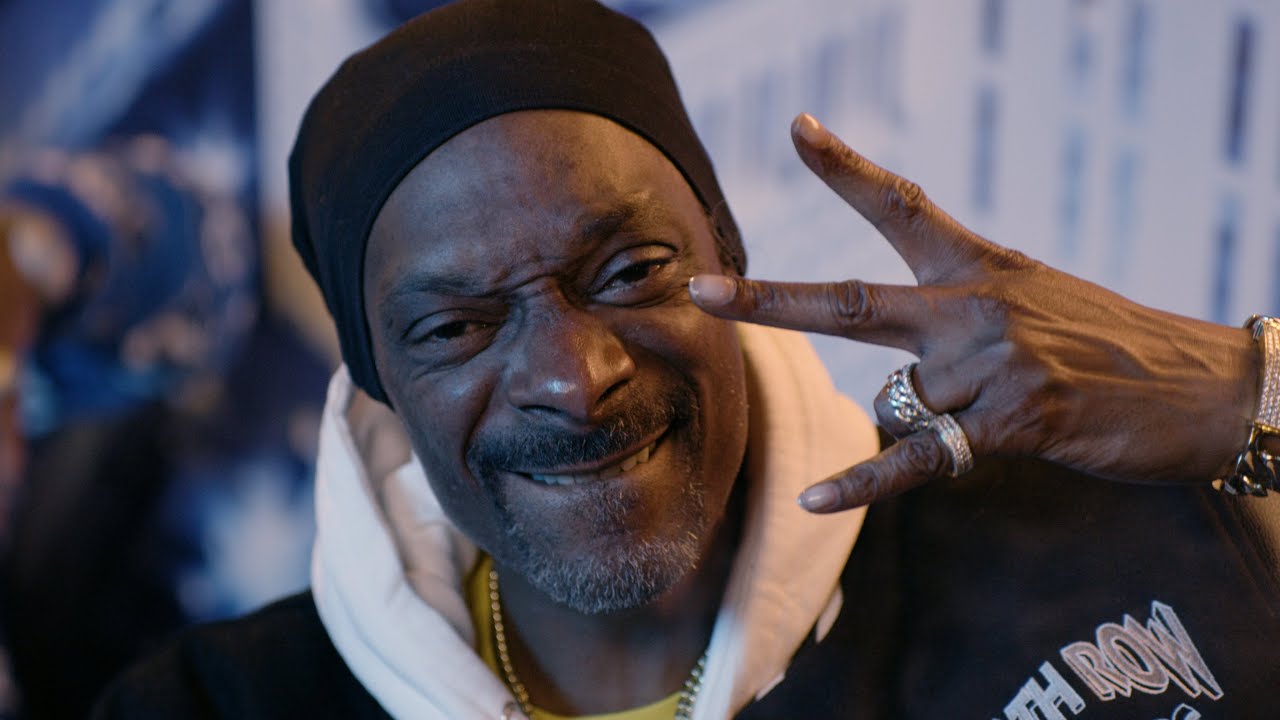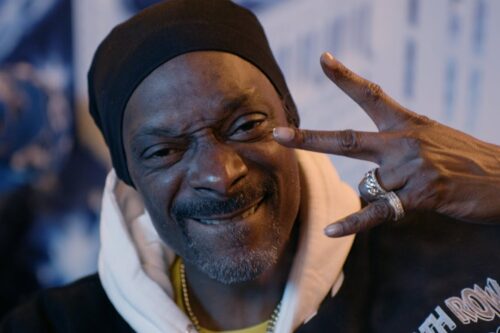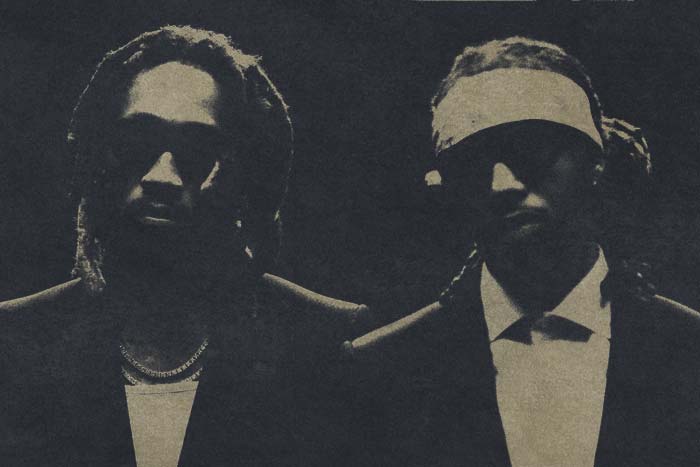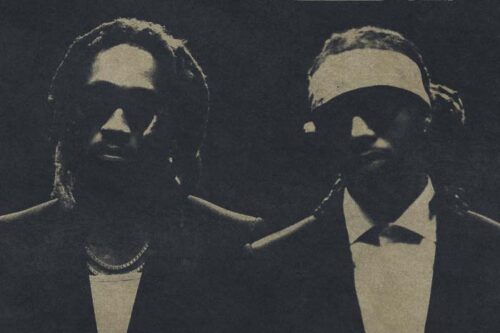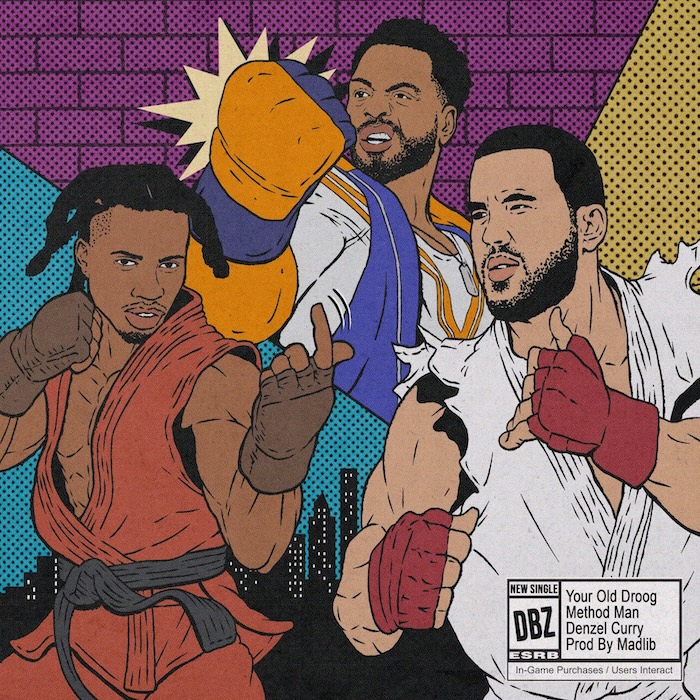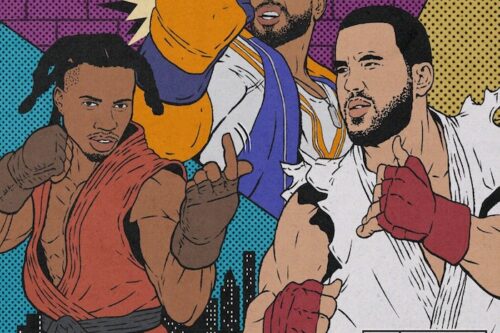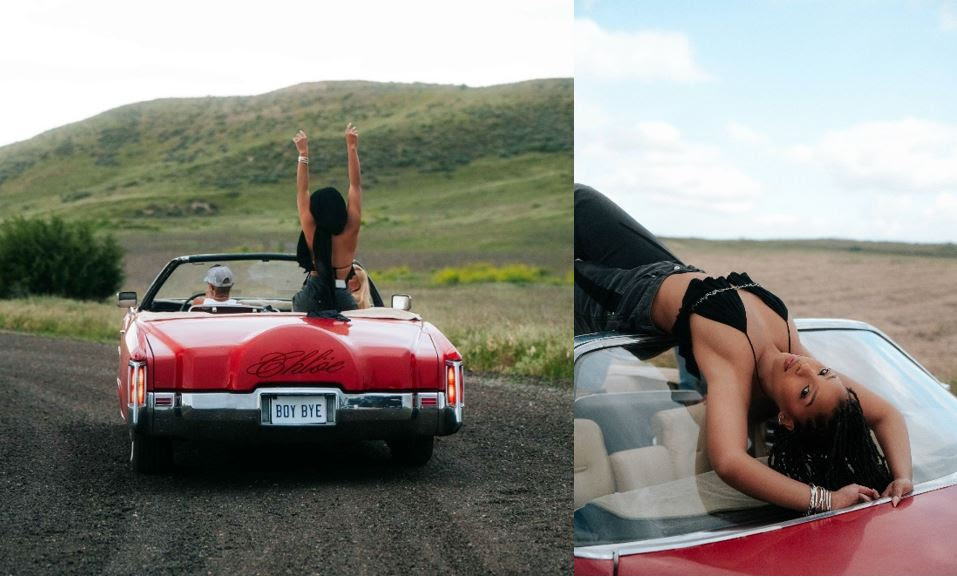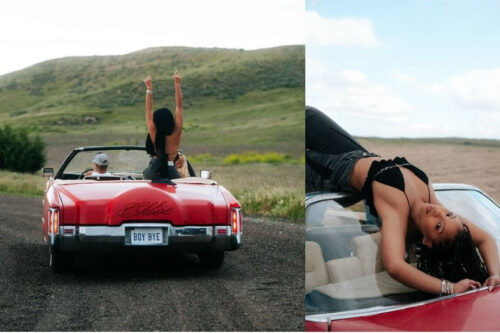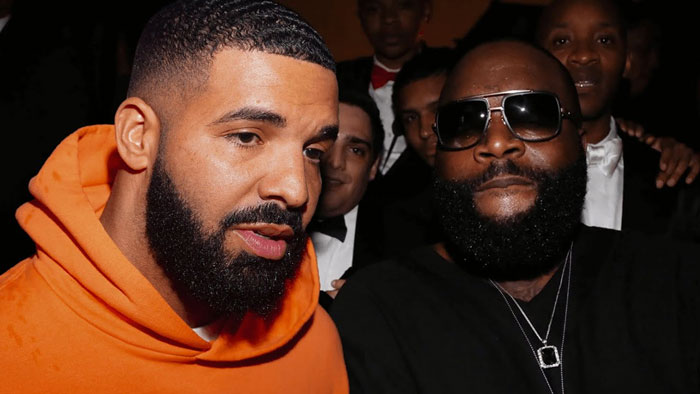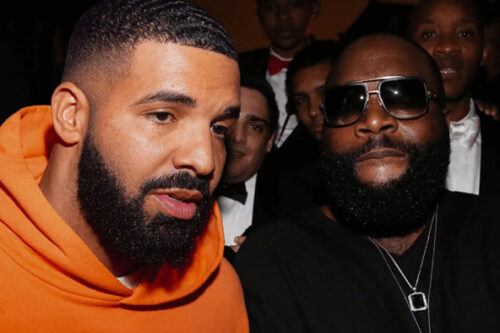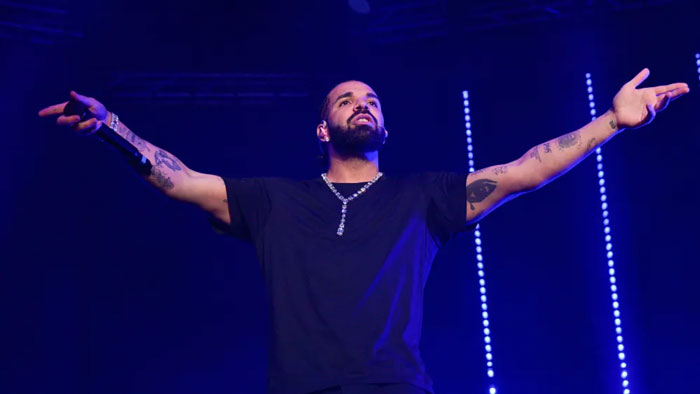
“Reasonable Doubt—classic, should’ve went triple” — Jay Z
“Blueprint (Momma Loves Me)”, 2001
Canons are, by their nature, infuriating. Too many great works are excluded, and those that remain often skew safe and inoffensive. Divisiveness is not the road to immortality, at least for a musician.
Of course, we still get some things right. If you ask your thirty-something friend (or your fourteen-year-old friend, or Google) to rattle off the best rap albums ever made, you might get the cloying, middle-of-the-road releases that are classics-by-default, but you’re also bound to get a handful that are genuinely brilliant. Sometimes (Illmatic, Aquemini) worthy albums are bronzed when the packaging is barely off the CD. Other times, it takes longer.
When Reasonable Doubt came out on June 25th, 1996, Jay Z was not the mythical kingpin he is now. Nor was he the forgotten underdog that revisionists would lead you to believe—while the album wasn’t certified platinum until 2002, it nearly went gold in its first five months of release and remained on the charts as ’96 drew to a close. It wasn’t heralded as an instant classic, but the album was received fairly well by critics. (The record originally received four mics in The Source; that rating was later revised to the full five.) On first pass, Reasonable Doubt was another probably-over-budget New York rap album in the mid-‘90s destined to be milked for singles and lost in the shuffle. Fortunately, its creator went on to become the most visible star in rap’s history, guaranteeing his back catalog immeasurable attention. Reasonable Doubt has not just stood up to this scrutiny—it has towered over it, justifying its place as one of the most celebrated albums in all of hip-hop.
Over seventeen years after its release, the album’s art director/designer, Adrien Vargas, has unearthed an early version of its tracklist and has given 2DopeBoyz the green light to reveal it to the world.

(Note: We believe that the list of guests is incomplete and, in the case of “Can I Live”, incorrect. “Coming of Age” features Bleek and is directly above “Coming of Age”, meaning a simple error is likely. Mary J. Blige is not cited for “Can’t Knock The Hustle”, and Jaz and Sauce Money are absent from “Bring It On”. Of course, the latter could be because—per Dame in 2007—the song was supposed to feature Nas and AZ.)
The first thing to catch your eye is the length. In addition to sporting both versions of “Dead Presidents” (and assuming “Politics” is “Politics as Usual”), this original tracklist has three extra songs. Unless they were released under different names, “The Hurt”, “Tell Me”, and “Hot” were not only cut from Reasonable Doubt, but have never surfaced in any format. While it’s difficult to speculate about songs with nothing more than a title to work with, the sequencing raises some interesting questions—and gives fascinating insight into early Roc-A-Fella’s editing process.
The original plan is that of a singles-oriented affair. Reasonable Doubt would have opened with the lead single, then the radio-ready “Feelin’ It”, and then second single. It’s a jarring, disjointed opening run, especially when “Ain’t No Nigga”—the album’s obvious blemish—fills such a prominent spot. “Brooklyn’s Finest” is buried right past the midpoint. On an album as long as this would have been, that’s the proverbial back pocket, a nice way to round out the record and put Big’s name on the packaging. Instead of being a poignant last word, “Regrets” is one of the ‘humanizing’ tracks that pop up somewhere on the B-side of so many rap albums.
Basically, the version of Reasonable Doubt that made it to shelves has the superior sequencing. Shrugging off the focus on singles, the retail copy is leaner, more thematically sound, and something rap albums were striving to be in 1996: cinematic. The image Jay was trying to project was larger-than-life but always composed; he had none of the detail-oriented tunnel vision of Only Built 4 Cuban Linx… because he wasn’t so much a drug dealer as he was a smart, charismatic opportunist. Bringing “Can’t Knock The Hustle” front and center drives home that point. Mary J. Blige’s hook (“I’m taking out this time/to give you a piece of my mind”) is myth-building 101: Jay was insistent that this rap thing was a one-off affair.
Perhaps because Jay, Dame, and Biggs realized Jay matched Big bar-for-bar, “Brooklyn’s Finest” was moved to the front of the A-side. To be clear, this was a statement if nothing else—having the biggest rapper in New York on your album was a selling point, but keeping up with him was a coup. Making “Regrets” the final track gives Reasonable Doubt a sense of closure, but it also shows a character grow and change over the album’s fifty-six minutes. If “Friend or Foe” were the closer, Jay would finish right where he began: heartlessly stealing bricks from a hotel room. “Friend or Foe” is a great song, but it paints a harsh picture of life that songs like “Regrets” help to soften.
All that said, this original tracklist avoids the one sequencing blunder on the official Reasonable Doubt: the one-two punch of “Dead Presidents II” and “Feelin’ It”. Discarding an album’s lead single in favor of its reprise is a bold move, but it was the right one. “Dead Presidents II” is widely considered one of the finest songs of its era, and for good reason (“I dabbled in crazy weight—without rap, I was crazy straight/partner, I’m still spendin’ money from ’88”). But the beats on that track and “Feelin’ It” share strikingly similar tempos and piano lines, to the point where one bleeds seamlessly into the other. Moreover, both records cast Jay as the untouchable victor. By simply flipping “Feelin’ It” and “D’Evils”, the journey to the album’s climax—“Can I Live”—would be exponentially darker and that much more interesting. As it stands now, “D’Evils” balances out the breezy good-life sentiment on “Feelin’ It”. Reversed, we would hear a different story: After detailing the horrific realities of the criminal underworld, Jay is unbothered, on a beach somewhere.
So with many thanks to Vargas (and Director John Colombo on the alley oop!), we ask you: What do you think of the original tracklist for Reasonable Doubt? What changes would you make? Does the shift from expansive, commercially ambitious epic to carefully crafted LP hint that Jay was planning to stick around? After nearly two decades, what songs hold up the best? And what were those three lost tracks about?

